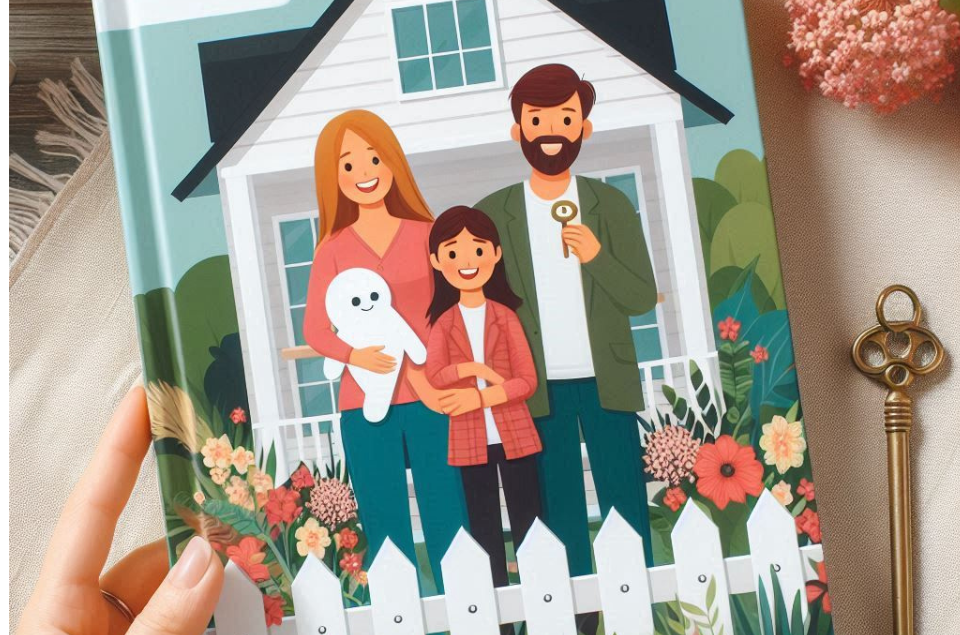
How Much to Put Down on a House: Complete Guide
Buying a house is a big decision. One of the most important questions you’ll have is how much to put down on a house. A down payment is the money you pay upfront when you buy a home. This guide will help you understand what a down payment is, why it matters, and how to pick the right amount for you.
What is a Down Payment?
A down payment is the money you pay first when buying a home. It is usually a percentage of the house’s total price. For example, if you want to buy a house that costs ₹50 lakhs and you choose to make a 20% down payment, you will need to pay ₹10 lakhs upfront. Knowing how much to put down on a house is important for planning your purchase!
Typical Down Payment Percentages in India
In India, how much to put down on a house can change based on different things, like the type of property and the rules of the bank. Here’s a simple guideline to help you understand what to expect for down payments:
| Property Type | Typical Down Payment Percentage |
|---|---|
| Residential | 10% – 25% |
| Commercial | 20% – 40% |
| Land | 20% – 50% |
| Investment Property | 20% – 30% |
| Vacation Home | 10% – 30% |
Most lenders require at least 10% to 25% of the property value as a down payment.
Factors Influencing Your Down Payment
When deciding how much to put down on a house, several factors come into play:
- Loan-to-Value Ratio (LTV): This tells you how much money you can borrow compared to the house’s value. Usually, banks lend about 75% to 90% of the price. A higher LTV means you need to pay a smaller down payment.
- Property Value: If the house is more expensive, your down payment will usually be bigger.
- Loan Type: Some government programs, like the Pradhan Mantri Awas Yojana (PMAY), can help lower your down payment by giving you financial support.
- Your Financial Situation: Your income, savings, and any debts you have will also affect how much you can afford to put down.
Advantages of a Larger Down Payment
When thinking about how much to put down on a house, a larger down payment has several benefits:
- Lower Monthly Payments: The more you pay upfront, the less money you need to borrow. This means your monthly payments (EMIs) will be smaller.
- Better Interest Rates: Banks might give you lower interest rates if you make a bigger down payment because it makes them feel safer about lending you money.
- Avoiding Extra Costs: If you pay more than 20%, you can skip extra costs like Mortgage Guarantee Insurance (MGI).
- Building Equity Faster: A larger down payment means you own more of your home right away, which can help protect you if the market changes.
How to Decide on Your Down Payment Amount
When figuring out how much to put down on a house, here are some important steps to follow:
- Assess Your Financial Situation: Check your savings and monthly budget to see what you can afford without putting yourself in a tough spot.
- Consider Future Expenses: Remember, owning a home comes with extra costs like repairs, taxes, and insurance. Make sure you have enough money left after your down payment for these expenses.
- Research Government Schemes: Look into programs like PMAY that can help you with your down payment and make buying a home easier.
- Consult with Lenders: Talk to different banks to learn about their rules and find the best option for you.
Conclusion
Deciding how much to put down on a house is very important for your financial future. It might be tempting to choose a low down payment, but paying more upfront can save you money later through lower monthly payments and interest rates.
Take your time to think about your situation, look at your options, and ask for advice if you need it. By making smart choices about your down payment, you’ll get closer to owning your dream home! Following this guide will help you be ready for home ownership and build good money habits too!
